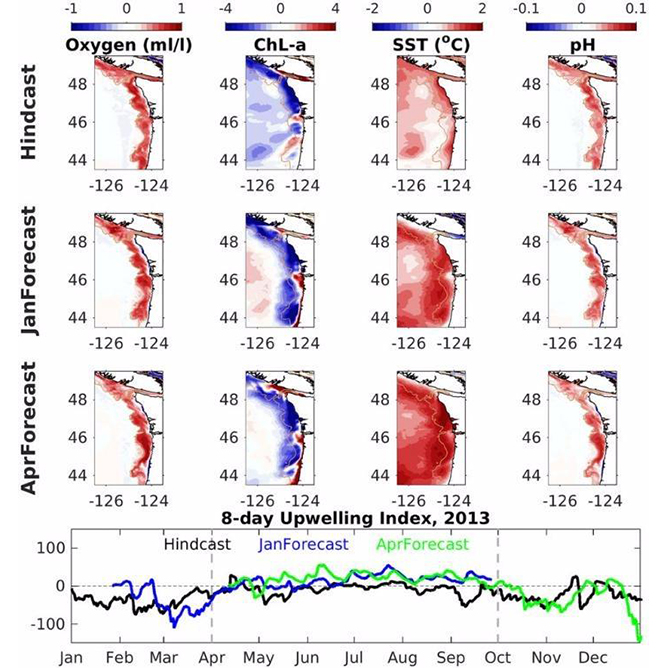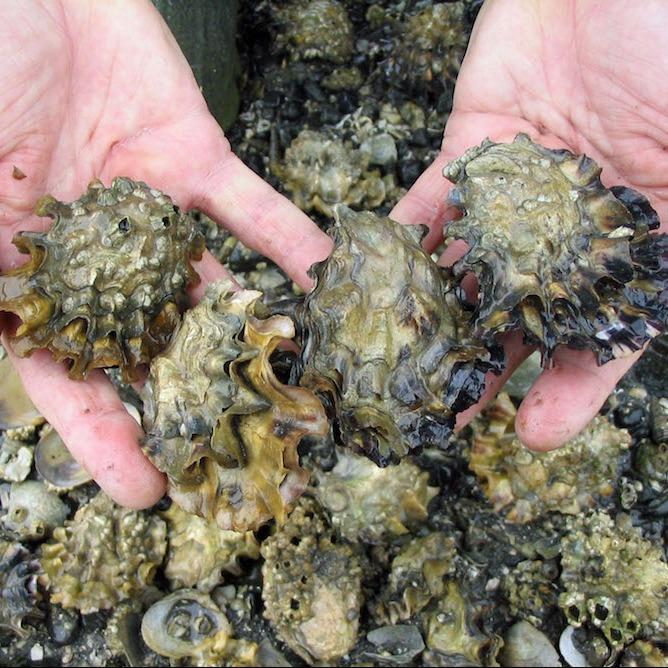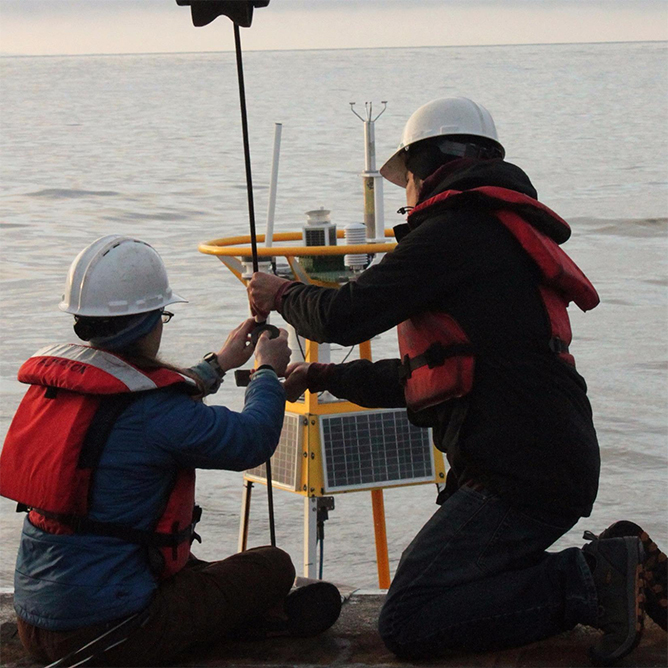Shellfish industry pins hope on Freeport research
Following a recent Town Council appropriation, the town’s shellfish community has started what is being called a “historic” effort to address the rapid disappearance of soft-shell clams.
The effort is the first comprehensive, large-scale research project in Maine to study the most significant factors believed to be contributing to the decline of shellfish resources,





